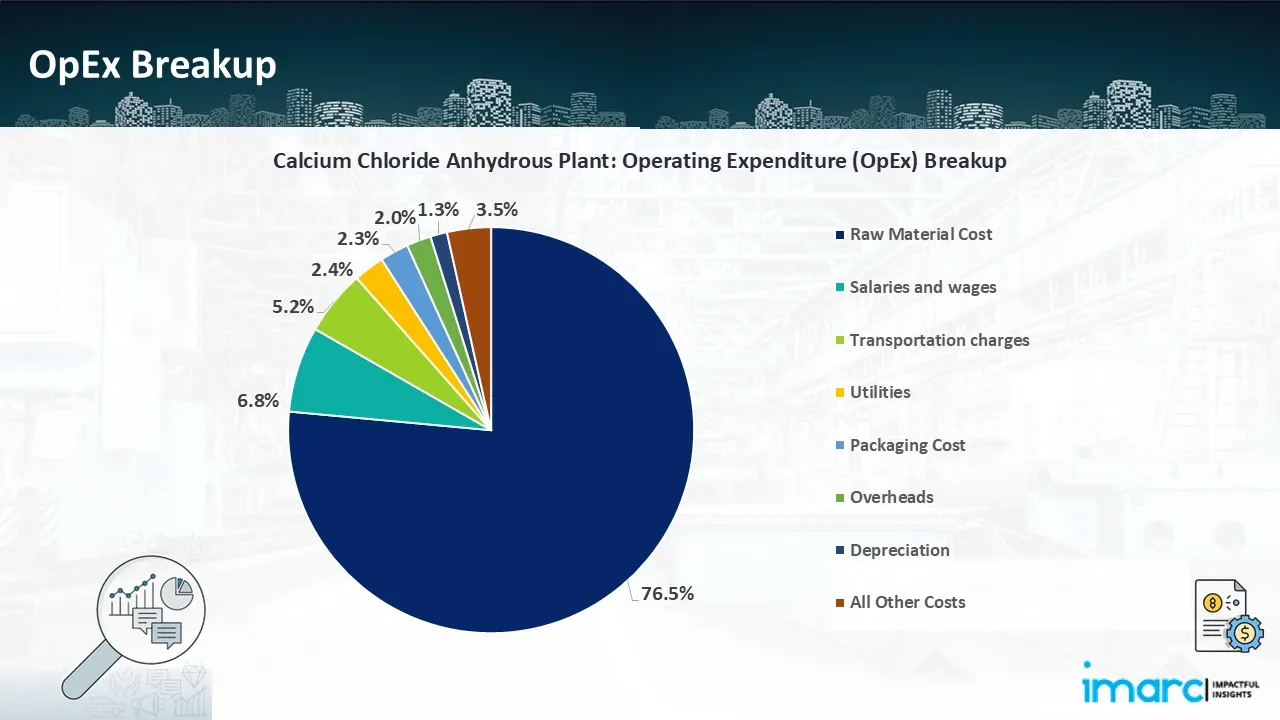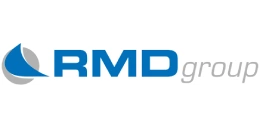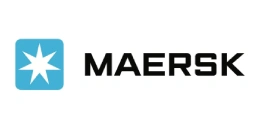Pricing Dynamics of Calcium Chloride Anhydrous: A Detailed Cost Model Analysis
_11zon.webp)
What is Calcium Chloride Anhydrous?
Calcium Chloride Anhydrous (CaCl2) is an off-white, hygroscopic inorganic substance commonly utilized due to its high desiccating and exothermic properties. The anhydrous form, as opposed to its hydrated counterparts, has no water molecules within it, thus making it very effective to use in moisture control processes.
Key Applications Across Industries:
It is usually manufactured as a by product of the Solvay process or made through the synthesis of limestone with hydrochloric acid. Its water solubility and capacity to adsorb moisture from the atmosphere make it useful in de-icing, dust suppression, cement acceleration, and industrial drying agent applications. It is also used in food preservation, refrigerated brines, oil & gas production, and pharmaceutical formulation applications. Its stability, cost, and versatility have made it an important material in numerous industries worldwide.
What the Expert Says: Market Overview & Growth Drivers
The global calcium chloride market reached USD 1.32 Billion in 2024. According to IMARC Group, the market is projected to reach USD 2.00 Billion by 2033, growing at a CAGR of 4.7% from 2025 to 2033. The global market for calcium chloride anhydrous is being fueled by its growing applications in numerous end-use industries.
One of the major drivers is the growing application in the oil & gas industry, where it is utilized in completion and drilling fluids due to its high density and hygroscopic properties. Apart from this, increased infrastructure and building applications, particularly in developing countries, are increasing demand for CaCl2 as an accelerator of concrete and dust suppressant. Its extensive use in cold climates for road de-icing further solidifies its market foundation. Food and pharmaceutical applications are also supporting demand, as the compound is utilized as a firming agent, preservative, and drying agent. In addition, technology improvements in the manufacturing process, particularly in China and North America, are facilitating mass production at low cost. Ecological awareness and legislation supporting non-toxic and effective de-icing products are also spurring the use of calcium chloride anhydrous instead of conventional chemicals.
Case Study on Cost Model of Calcium Chloride Anhydrous Manufacturing Plant:
Objective
One of our clients reached out to us to conduct a feasibility study for setting up a large-scale calcium chloride anhydrous manufacturing plant.
IMARC Approach: Comprehensive Financial Feasibility
We developed a comprehensive financial model for the setup and operation of a proposed calcium chloride anhydrous manufacturing plant in Alberta, Canada. This plant is designed to produce 60,000 tons of calcium chloride anhydrous annually.
Manufacturing Process: The manufacture of anhydrous calcium chloride by the acid-limestone process is a chain of chemical and thermal treatments beginning with raw material preparation. The raw material used is high-purity limestone (CaCO3), which is crushed and calcined at approximately 900–1000°C in a kiln, dissociating into calcium oxide (CaO) and carbon dioxide (CO2). The resulting quicklime (CaO) is subsequently slaked with water in an exothermic reaction to produce calcium hydroxide [Ca(OH)2] in the form of a slurry. This slurry is then reacted with hydrochloric acid (HCl), commonly sourced from chlorine and hydrogen or sodium chloride and sulfuric acid. A calcium chloride (CaCl2) solution and water are produced as a result of the reaction. The solution is concentrated by evaporation to get a product in a purer form, and the concentration of CaCl2 is increased by the removal of excess water. The concentrated solution is cooled, causing the crystallization to produce solid calcium chloride. The crystals are filtered or centrifuged from the rest of the liquid. Since the crystals may absorb moisture, the crystals are then dried further, most commonly through rotary kilns, air drying, or vacuum systems, to form the final anhydrous product. The dried calcium chloride is then filled into moisture-resistant packaging like sealed bags or drums to avoid rehydration upon storage and delivery. This multi-step method yields high-purity and moisture-free calcium chloride appropriate for use in de-icing, industrial drying, oilfield applications, and chemical synthesis.
_11zon.webp)
Get a Tailored Feasibility Report for Your Project Request Sample
Mass Balance and Raw Material Required: The primary raw materials used in the calcium chloride anhydrous manufacturing plant include limestone, hydrochloric acid, water and hydrated lime. For a plant producing 1 ton of calcium chloride anhydrous, 1.05 ton of limestone, 2.08 ton of hydrochloric acid, 0.12 ton of water and 0.01 ton of hydrated lime are required.
Techno-Commercial Parameter:
- Capital Investment (CapEx): Capital expenditure (CapEx) in a manufacturing plant includes various investments essential for its setup and long-term operations. It covers machinery and equipment costs, including procurement, installation, and commissioning. Civil works expenses involve land development, factory construction, and infrastructure setup. Utilities such as power, water supply, and HVAC systems are also significant. Additionally, material handling systems, automation, environmental compliance, and safety measures are key components. Other expenditures include IT infrastructure, security systems, and office essentials, ensuring operational efficiency and business growth.
- Operating Expenditure (OpEx): Operating expenditure is the cost incurred to operate a manufacturing plant effectively. Opex in a manufacturing plant typically includes the cost of raw materials, utilities, depreciation, taxes, packing cost, transportation cost, and repairs and maintenance. The operating expenses are part of the cost structure of a manufacturing plant and have a significant effect on profitability and efficiency. Effective control of these costs is necessary for maintaining competitiveness and growth.

- Profitability Analysis Year on Year Basis: The proposed calcium chloride anhydrous plant, with an annual capacity of approximately 60,000 tons of calcium chloride anhydrous, achieved an impressive revenue of US$ 20.6 Million in its first year. We assisted our client in developing a detailed cost model, which projects steady growth, with revenue rising throughout the projected period. Moreover, gross profit margins improve from 15.7% to 17.1% by year 5, and net profit rises from 10.9% to 12.5%, highlighting strong financial viability and profitability.

Conclusion & IMARC's Impact:
Our financial model for the calcium chloride anhydrous manufacturing plant was meticulously developed to meet the client’s objectives, providing an in-depth analysis of production costs, including raw materials, manufacturing, capital expenditure, and operational expenses. By addressing the specific requirements of producing 60,000 tons of calcium chloride anhydrous annually, we successfully identified key cost drivers and projected profitability, considering market trends, inflation, and potential fluctuations in raw material prices. This comprehensive financial model equipped the client with valuable insights for strategic decision-making, demonstrating our commitment to delivering high-quality, client-focused solutions that ensure the long-term success of large-scale manufacturing ventures.
Why Choose IMARC?
IMARC's Financial Model Expertise: Helping Our Clients Explore Industry Economics
IMARC is a global market research company that offers a wide range of services, including market entry and expansion, market entry and opportunity assessment, competitive intelligence and benchmarking, procurement research, pricing and cost research, regulatory approvals and licensing, factory setup, factory auditing, company incorporation, incubation services, recruitment services, marketing and sales.
Under our factory setup services, we assist our clients in exploring the feasibility of their plants by providing comprehensive financial modeling. Additionally, we offer end-to-end consultation for setting up a plant in India or abroad. Our financial modeling includes an analysis of capital expenditure (CapEx) required to establish the manufacturing facility, covering costs such as land acquisition, building infrastructure, purchasing high-tech production equipment, and installation. Furthermore, the layout and design of the factory significantly influence operational efficiency, energy consumption, and labor productivity, all of which impact long-term operational expenditure (OpEx). So, every parameter is covered in the analysis.
At IMARC, we leverage our comprehensive market research expertise to support companies in every aspect of their business journey, from market entry and expansion to operational efficiency and innovation. By integrating our factory setup services with our deep knowledge of industry dynamics, we empower our clients to not only establish manufacturing facilities but also strategically position themselves in highly competitive markets. Our financial modeling and end-to-end consultation services ensure that clients can explore the feasibility of their plant setups while also gaining insights into competitors' strategies, technological advancements, and regulatory landscapes. This holistic approach enables our clients to make informed decisions, optimize their operations, and align with sustainable practices, ultimately driving long-term success and growth.
Our Clients
Contact Us
Have a question or need assistance?
Please complete the form with your inquiry or reach out to us at
Phone Number
+91-120-433-0800+1-201-971-6302
+44-753-714-6104











